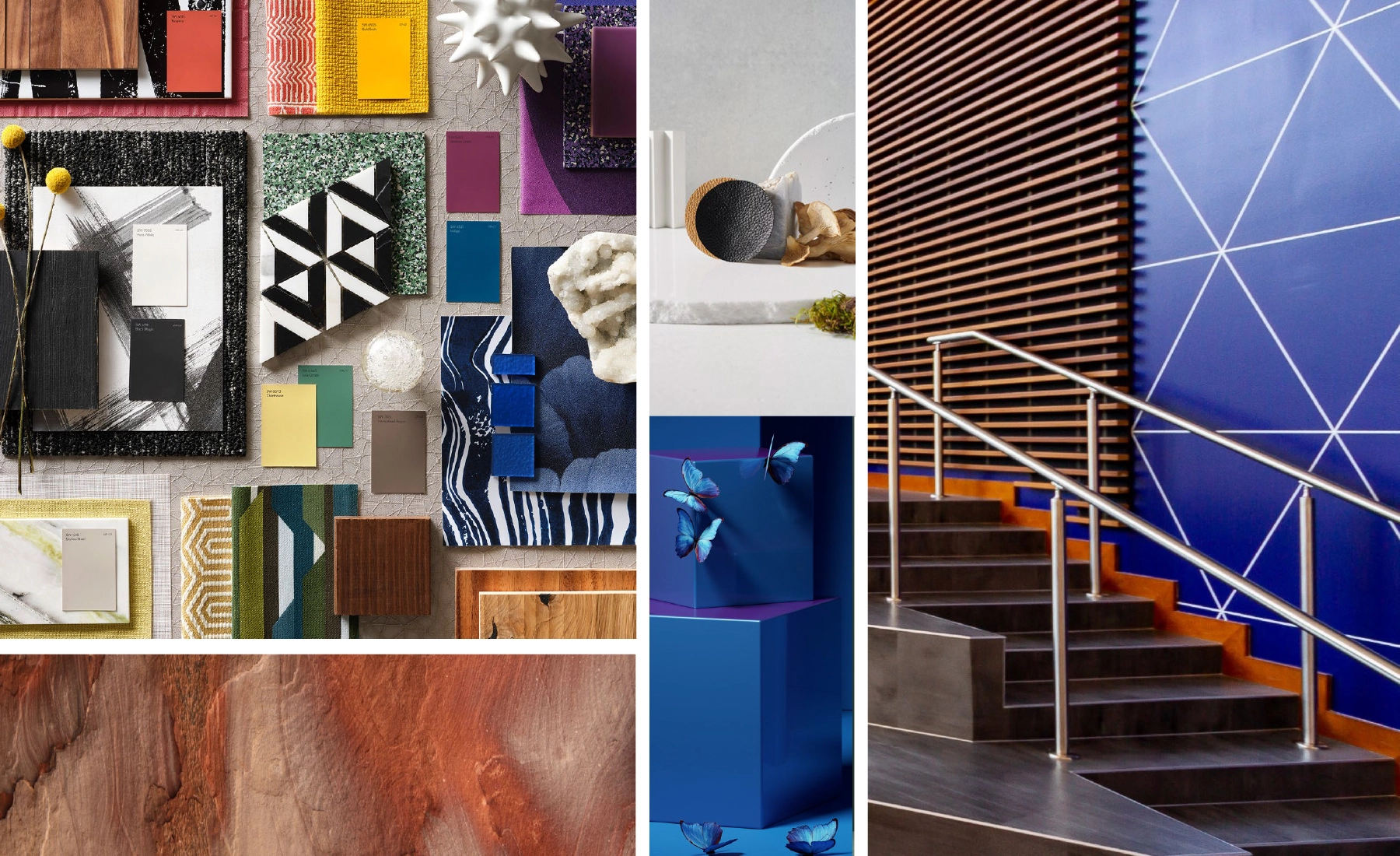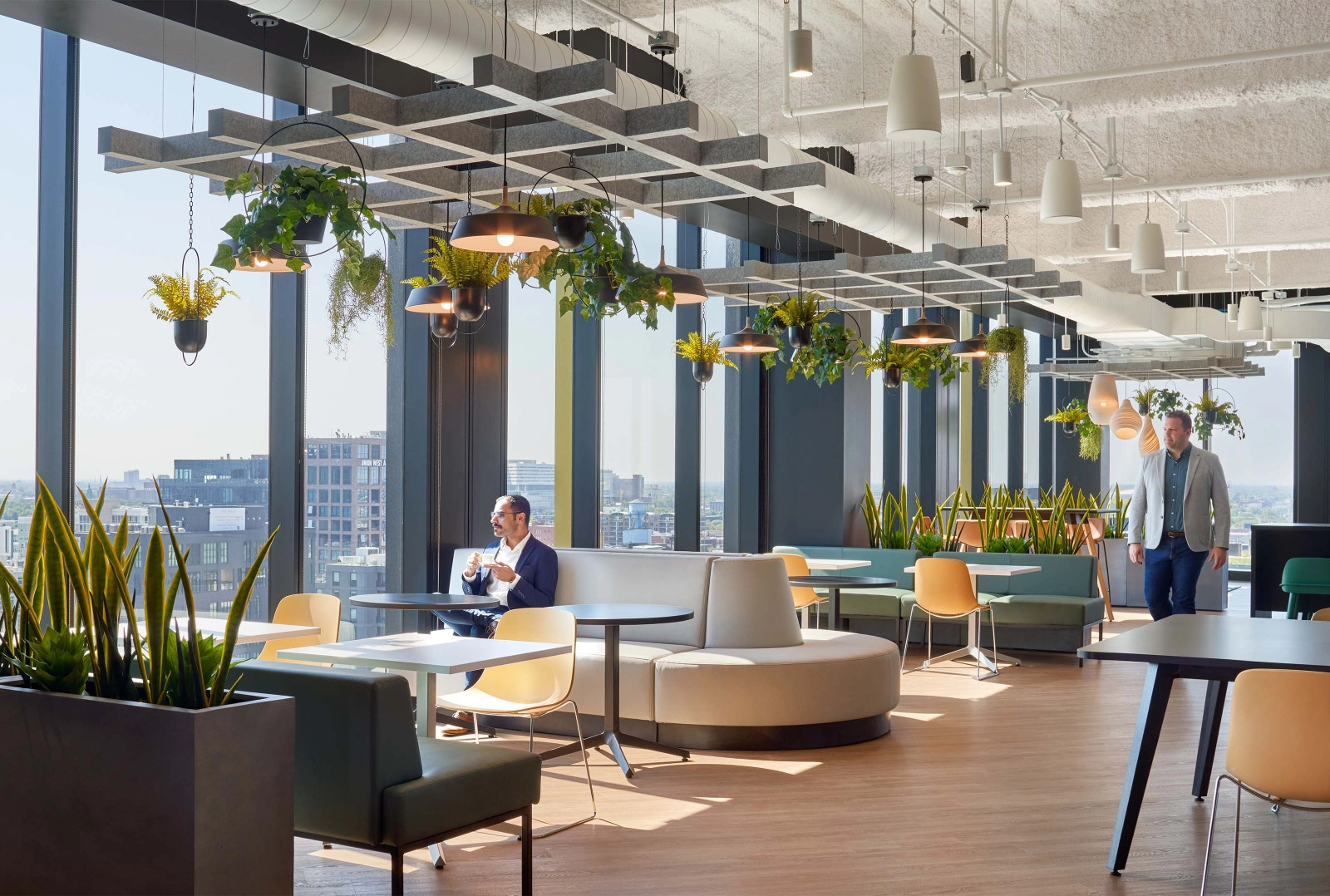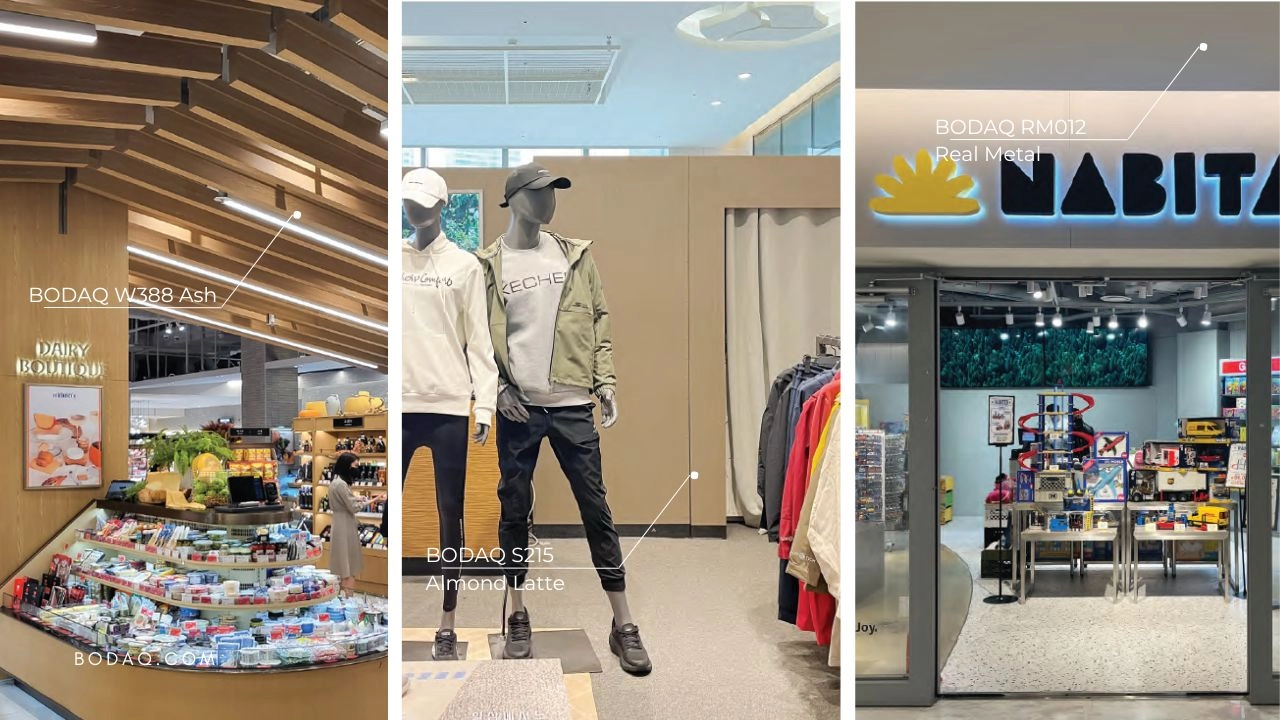We recently had the opportunity to speak with Dr. Maya Chen, a materials scientist and industry consultant specializing in architectural surfaces and renovation technologies. With over 20 years of experience in product development and a background that includes leadership roles at major manufacturers, Dr. Chen offers valuable insights into the future of surface renovation, particularly regarding interior films and emerging technologies.
On Current Limitations and Emerging Solutions
"The current generation of interior films has made tremendous strides in realism and durability, but there are still limitations that the industry is actively addressing," Dr. Chen explains. "Heat resistance remains a challenge for applications near cooking surfaces or in exterior applications. Several manufacturers are developing ceramic-infused films that can withstand temperatures up to 200°C without degradation, which would expand the potential applications significantly."
She also highlights ongoing work to improve the environmental profile of these products: "Bio-based adhesives derived from renewable resources are showing promise in laboratory testing. These formulations maintain the performance characteristics of traditional adhesives while reducing the carbon footprint and eliminating petrochemical components."
Smart Surfaces and Interactive Capabilities
One of the most exciting developments, according to Dr. Chen, is the integration of smart technology with surface films. "We're seeing prototypes of interior films with embedded conductive layers that can transform ordinary surfaces into interactive elements. Imagine countertops that can charge devices wirelessly or cabinet fronts that change appearance with a touch."
These technologies are still in development, but Dr. Chen predicts commercial applications within the next three to five years. "The challenge isn't just developing the technology but making it cost-effective and durable enough for real-world applications. The companies that solve this equation will revolutionize how we think about surfaces in both residential and commercial environments."
Sustainability as a Driver of Innovation
Dr. Chen emphasizes that sustainability concerns are accelerating innovation in the industry. "Environmental considerations are no longer secondary—they're driving product development from the initial concept. We're seeing films designed for eventual recyclability, with adhesives that can be activated for clean removal at the end of the product lifecycle."
She also notes the growing importance of transparency in manufacturing: "Consumers and specifiers increasingly want to understand the environmental impact of materials. Manufacturers who provide comprehensive Environmental Product Declarations and clearly communicate their sustainability initiatives will have a competitive advantage."
The Role of Digital Printing and Customization
Digital printing technology is transforming the possibilities for interior films, according to Dr. Chen. "The ability to create custom designs with photographic realism opens up entirely new applications. We're moving beyond standard patterns to truly customized surfaces that can feature corporate branding, custom artwork, or even replicate historical elements in restoration projects."
This customization extends to texture as well as visual appearance. "Advanced manufacturing techniques now allow for precise texture registration, where the physical texture aligns perfectly with the visual pattern. This creates a level of realism that was impossible just a few years ago, particularly important for wood and stone reproductions."
Advice for Industry Professionals
When asked what advice she would give to designers and contractors working with these materials, Dr. Chen emphasizes the importance of staying informed. "This field is evolving rapidly. What was true about performance limitations or application techniques two years ago may no longer apply. Maintain relationships with manufacturers and distributors who can keep you updated on the latest advancements."
She also recommends thinking beyond traditional applications: "These materials are increasingly versatile. Consider using them in unexpected ways—ceiling applications, curved surfaces, or integrated with lighting elements. The design possibilities extend far beyond simple cabinet refacing or wall coverings."
As our interview concludes, Dr. Chen shares her excitement about the future: "We're at an inflection point where multiple technologies are converging to create possibilities that were once in the realm of science fiction. The surface renovation industry is becoming a hotbed of innovation that will transform our built environments in ways we're just beginning to imagine."




